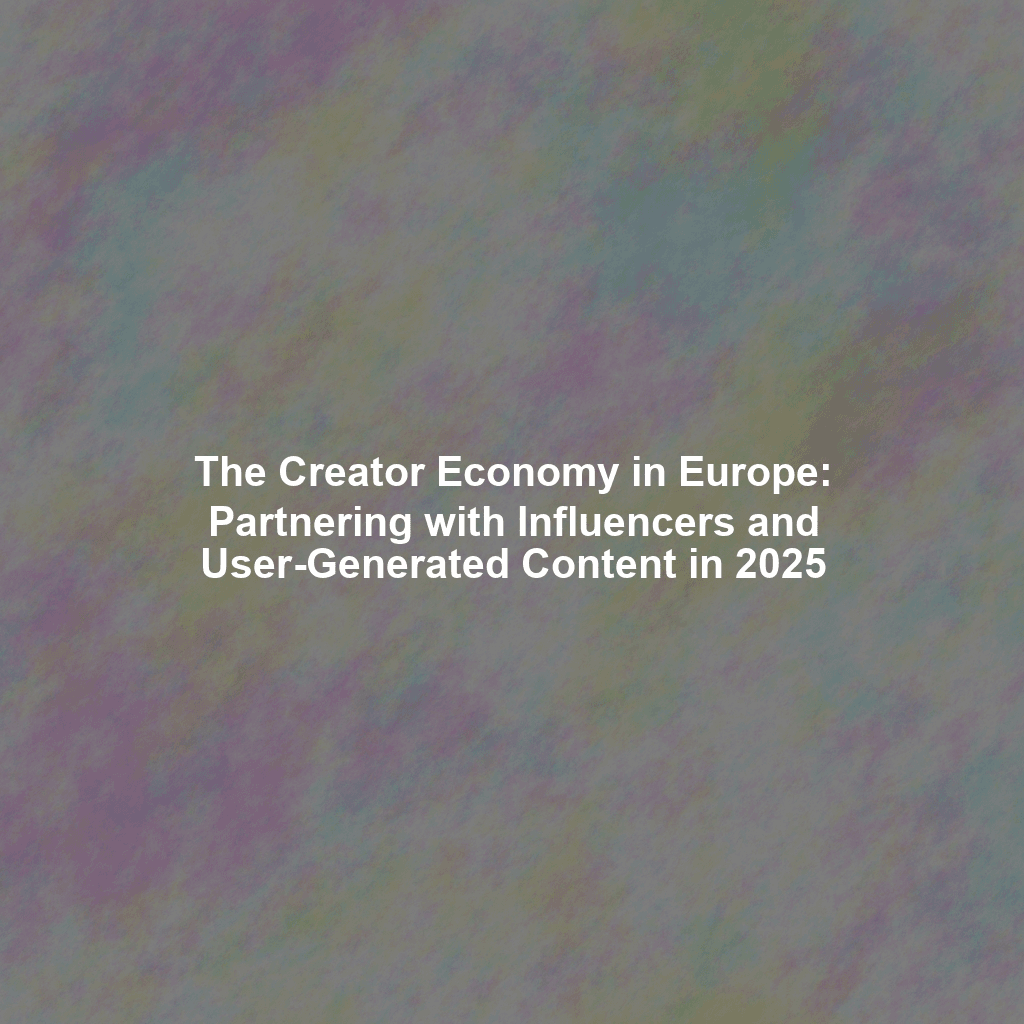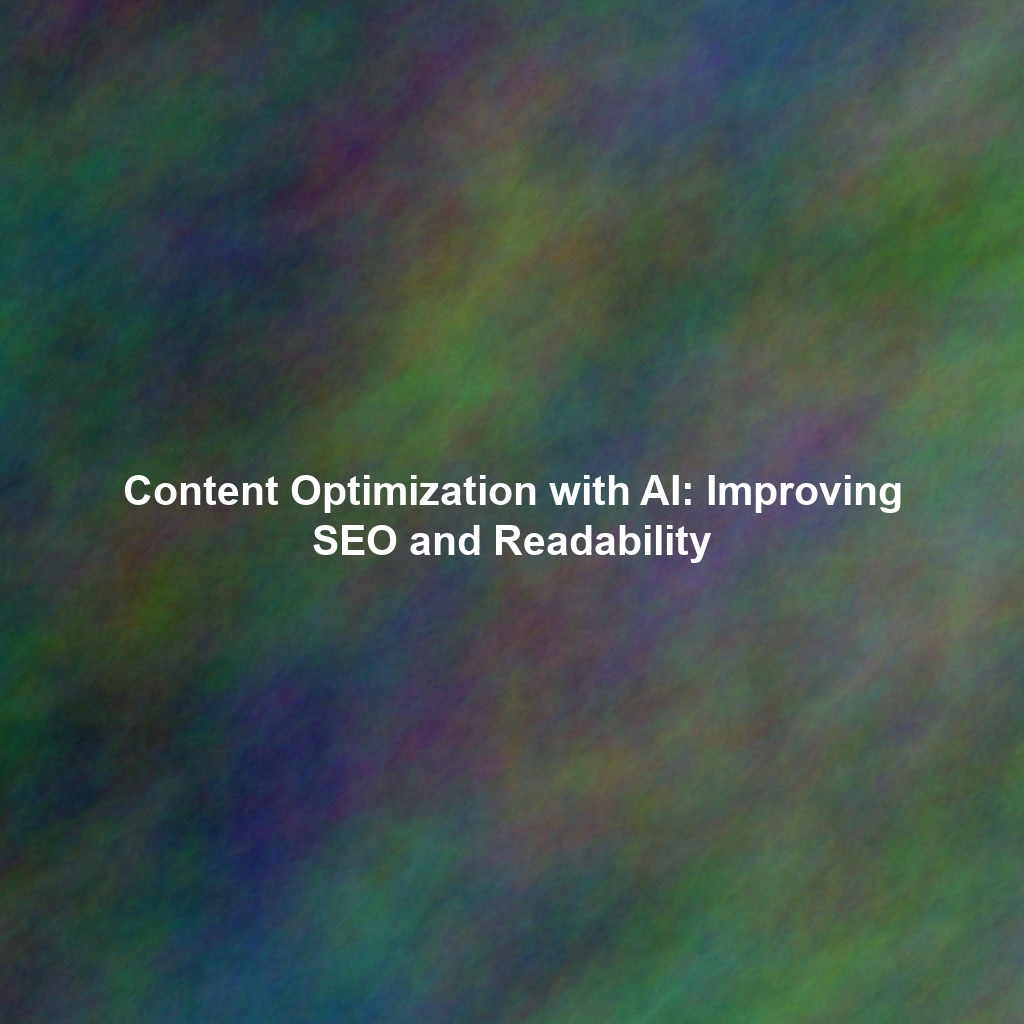The Rise of the European Creator Economy
Europe has its own unique flavor when it comes to the creator economy. It’s not just a mirror image of the US model. Factors like diverse languages, cultural nuances, and stricter advertising regulations create a distinct environment. Smaller, more niche communities thrive, and consumers are increasingly savvy about sponsored content. This means brands need to be more authentic and selective when choosing their partners.
Diversity and Localization: Key to Success
One of the biggest differences in the European market is the need for localization. A campaign that works in Germany might completely flop in Spain. Brands need to understand the specific cultural context of each country and tailor their content accordingly. This often means working with local creators who have a deep understanding of their audience and the cultural sensitivities involved. Think partnering with a respected food blogger in Italy to promote a new pasta sauce, rather than a generic influencer with a global reach.
The Impact of GDPR and Data Privacy
Europe’s strict data privacy regulations, particularly GDPR, have significantly impacted how brands and creators operate. Transparency is key. Consumers are more aware of how their data is being used, and they demand greater control over it. This means brands need to be upfront about their data collection practices and ensure they are complying with all relevant regulations. Influencers must also be transparent about sponsored content and disclose any affiliate links or partnerships. Consumers expect, and frankly, demand it.
Strategic Partnerships: Influencer Marketing in 2025
In 2025, influencer marketing is far more sophisticated than simply paying for sponsored posts. Brands are looking for long-term partnerships with creators who genuinely align with their values and mission. The focus is on building authentic relationships that resonate with the audience.
Beyond Vanity Metrics: Focusing on Engagement and ROI
Gone are the days of chasing followers. Smart brands are now focusing on engagement and return on investment (ROI). They are tracking metrics like click-through rates, conversion rates, and brand lift to measure the effectiveness of their influencer campaigns. Micro-influencers and nano-influencers with highly engaged niche audiences are often proving to be more effective than celebrity endorsements.
The Rise of Virtual Influencers (With Caution)
Virtual influencers are becoming increasingly popular, but brands need to proceed with caution. While they offer a controlled and predictable alternative to human influencers, they can also be seen as inauthentic and even creepy. To be successful, virtual influencers need to be carefully crafted and integrated into a brand’s overall marketing strategy in a way that feels genuine and relatable. They can complement real-life creators but aren’t a replacement for human connection.
Harnessing the Power of User-Generated Content (UGC)
User-generated content (UGC) is one of the most powerful tools for building trust and authenticity. When consumers see other people using and enjoying a product or service, they are more likely to believe in it.
Building Community and Fostering Engagement
Brands are actively encouraging customers to create and share their own content. This can be done through contests, challenges, or simply by asking customers to share their experiences on social media. The key is to create a sense of community and make customers feel valued and appreciated. For instance, a travel company might run a contest asking customers to share their best travel photos using a specific hashtag.
Authenticity and Trust: The Ultimate Advantage
UGC is inherently more authentic than branded content. It’s coming directly from real people, not from a marketing team. This makes it incredibly effective for building trust and credibility. Brands are using UGC in a variety of ways, including on their websites, social media channels, and in their advertising campaigns. Featuring real customer testimonials and stories can be incredibly powerful.
AI-Powered UGC Curation and Management
As the volume of UGC continues to grow, brands are increasingly relying on AI-powered tools to curate and manage it. These tools can help identify the most relevant and engaging content, ensuring that it aligns with the brand’s values and messaging. AI can also help detect and remove fake or misleading UGC, protecting the brand’s reputation.
Looking Ahead: The Future of the Creator Economy in Europe
The European creator economy is poised for continued growth in 2025 and beyond. Brands that embrace authenticity, prioritize engagement, and build strong relationships with creators and their audiences will be the ones that succeed. Here are a few trends to watch:
- Increased focus on sustainability and ethical practices: Consumers are increasingly demanding that brands be transparent about their environmental and social impact. Creators who promote sustainable products and ethical practices will be in high demand.
- The rise of Web3 and decentralized platforms: Web3 technologies offer new opportunities for creators to monetize their content and connect with their audiences in a more direct and transparent way.
- Greater collaboration between brands and creators: Brands and creators will work together more closely to co-create content and build long-term partnerships.
In conclusion, the creator economy in Europe in 2025 is all about authenticity, community, and strategic partnerships. By understanding the unique characteristics of the European market and embracing the power of UGC, brands can build deeper, more meaningful relationships with their customers and achieve sustainable growth.
 Skip to content
Skip to content

